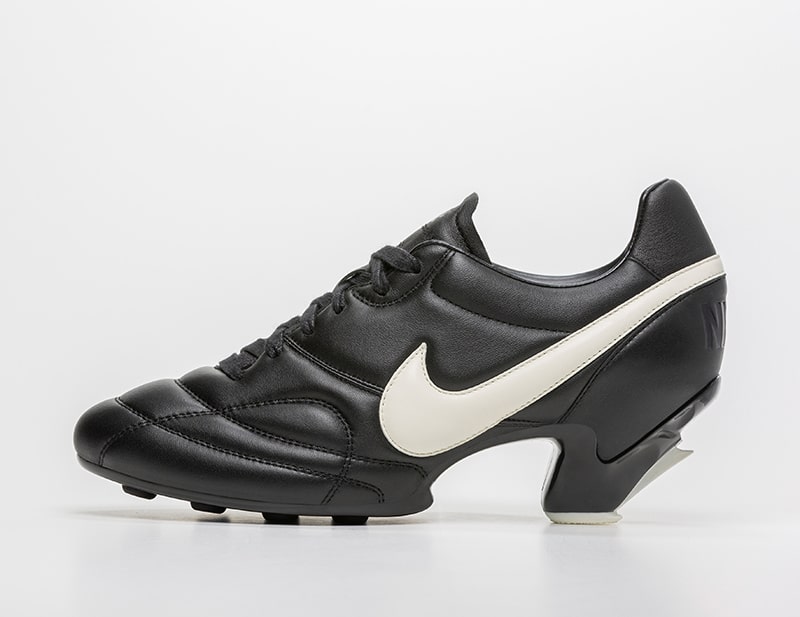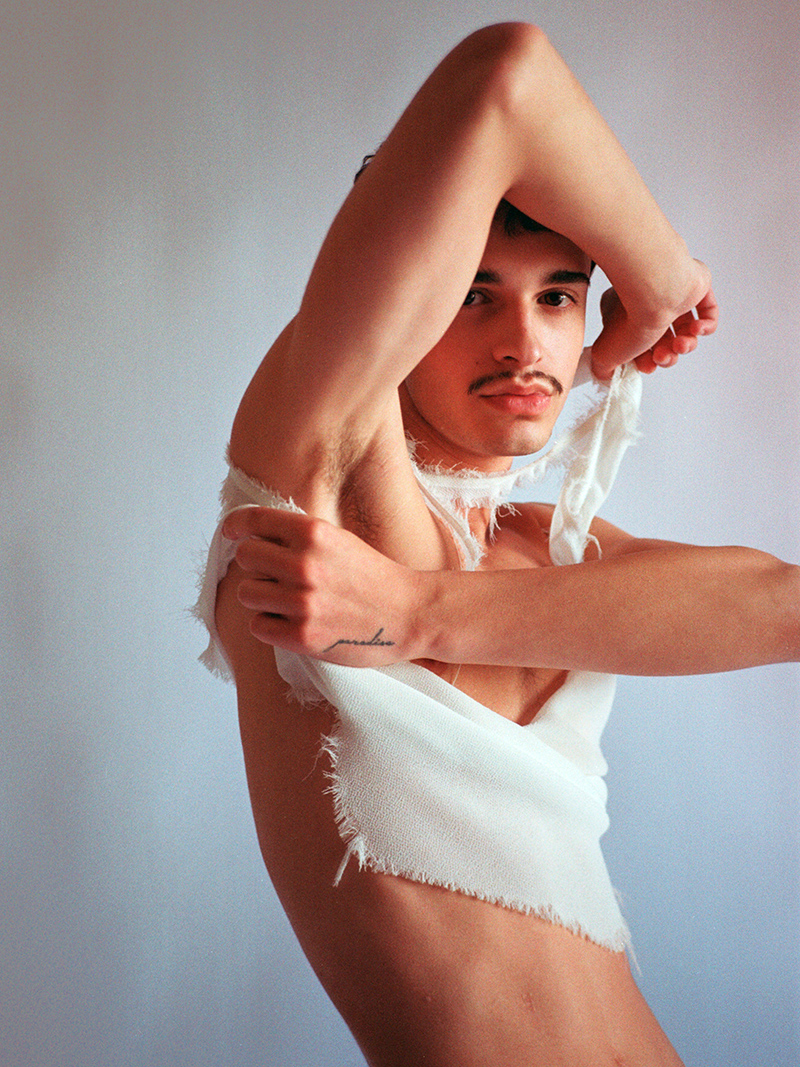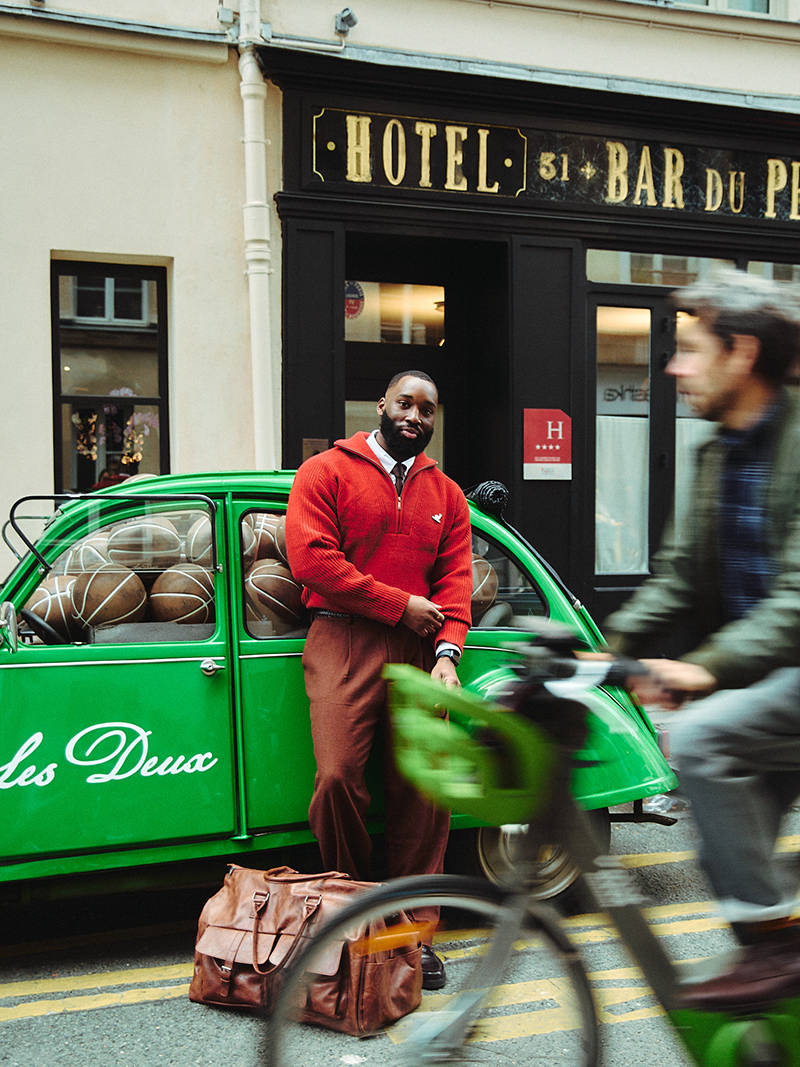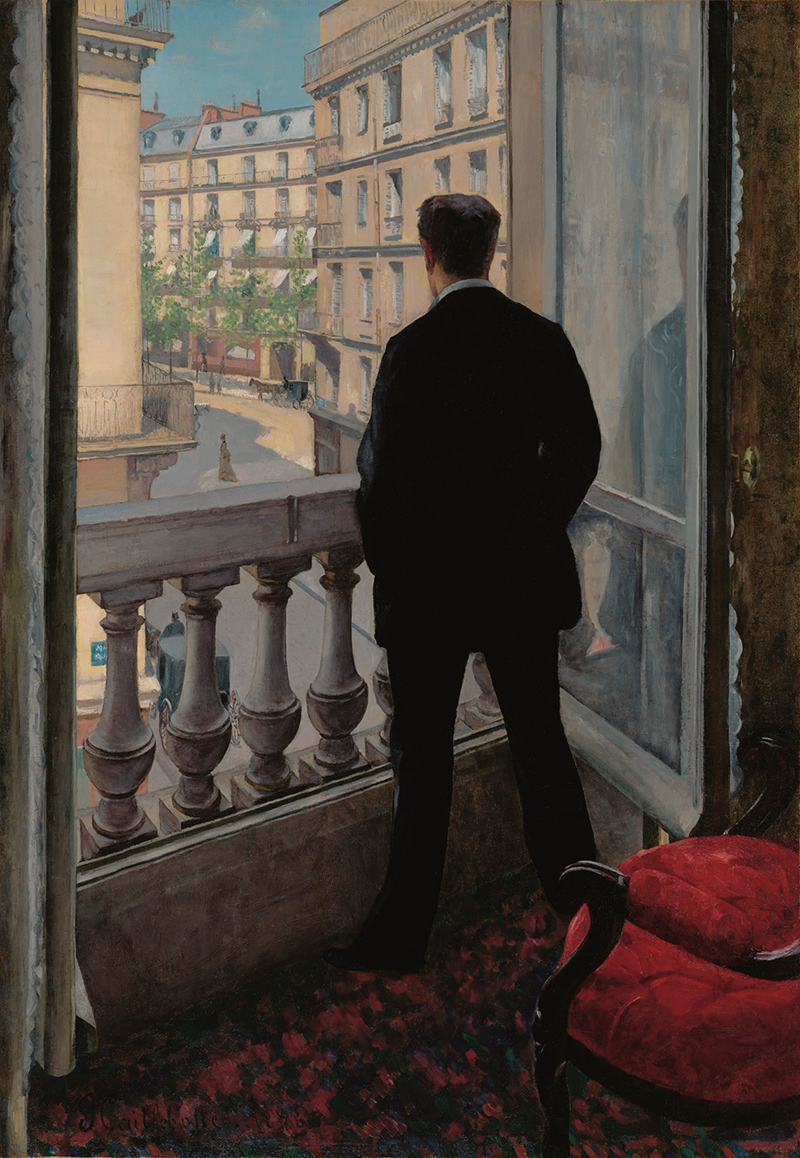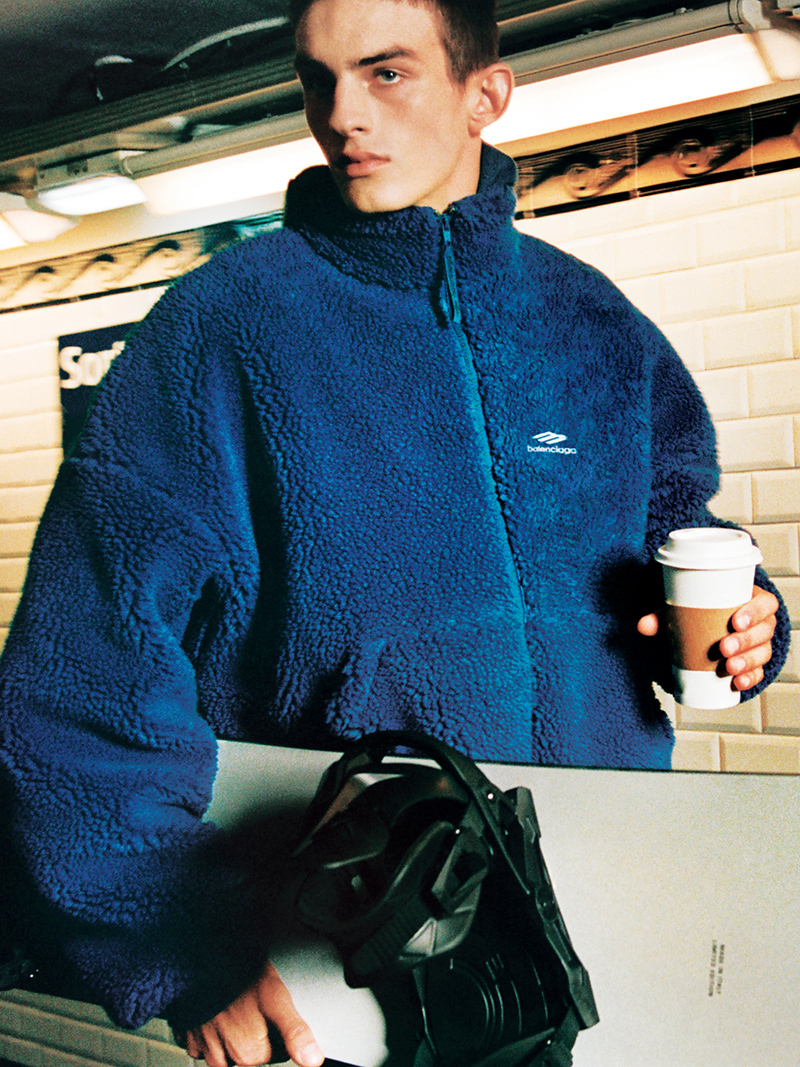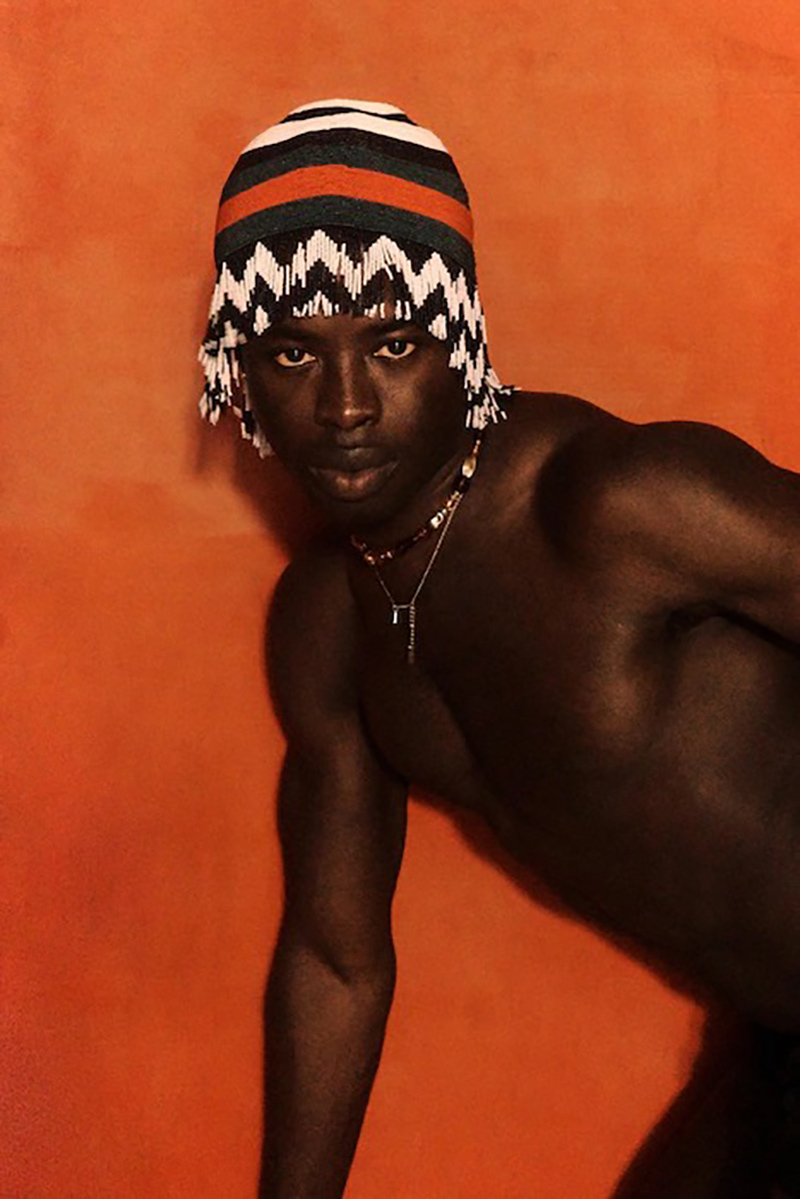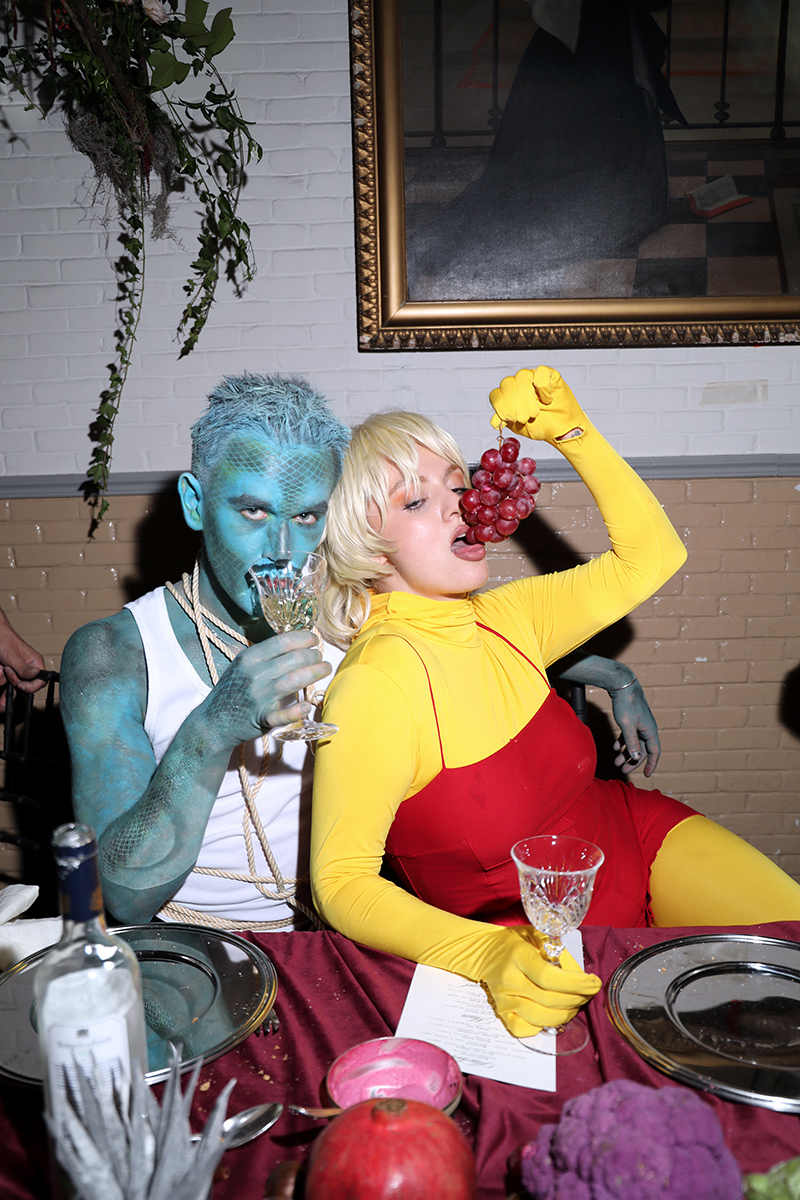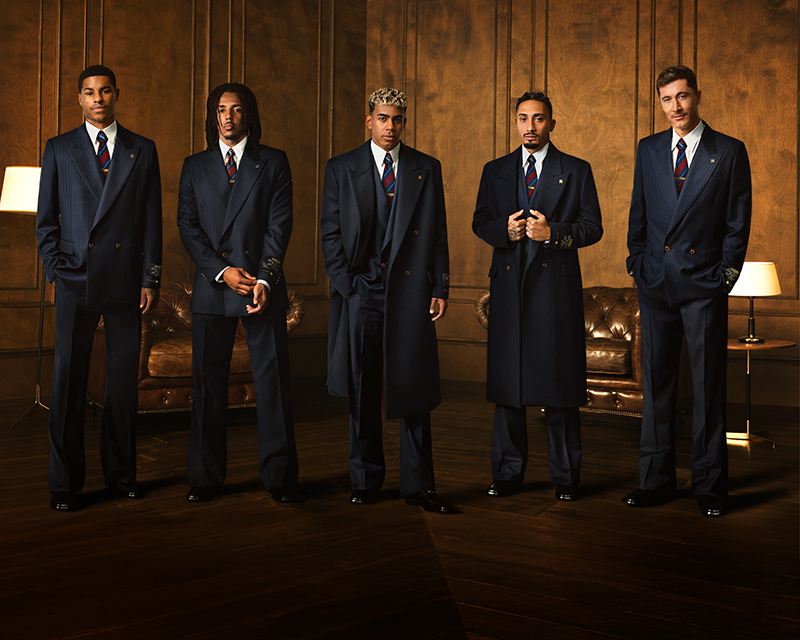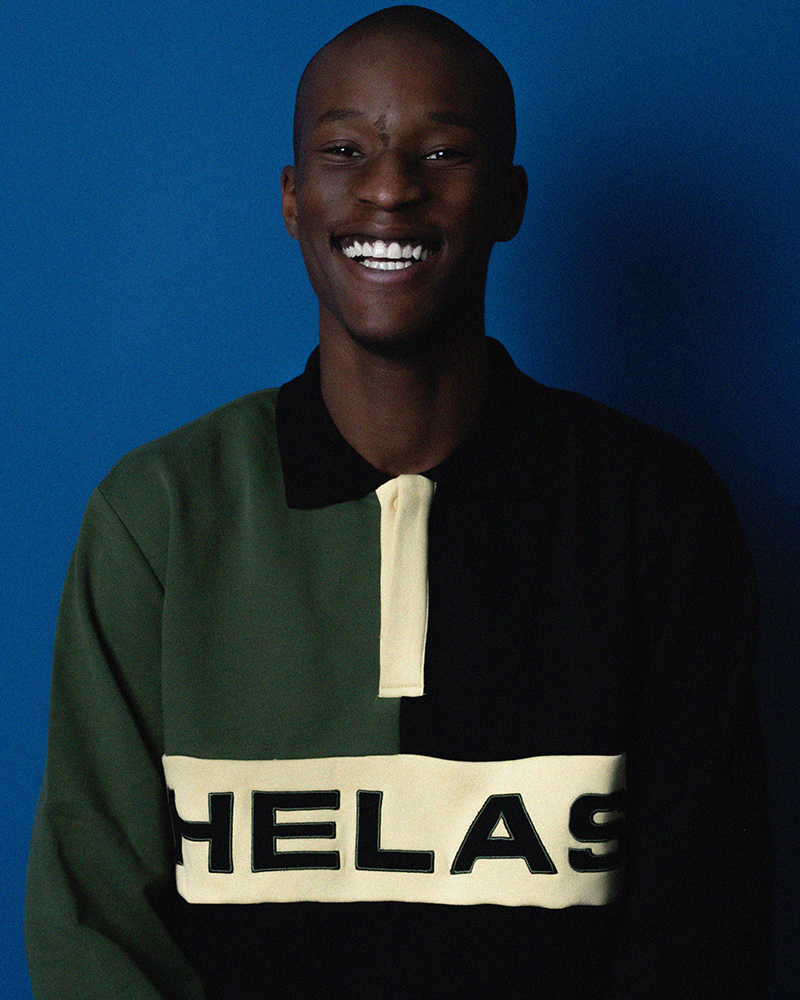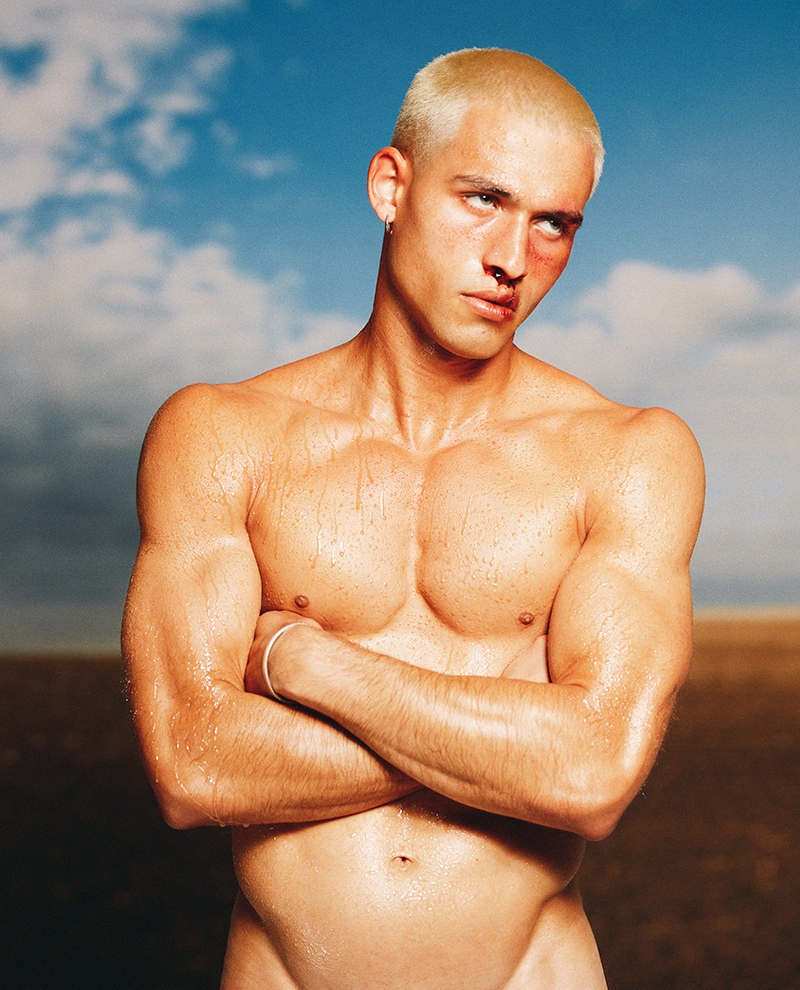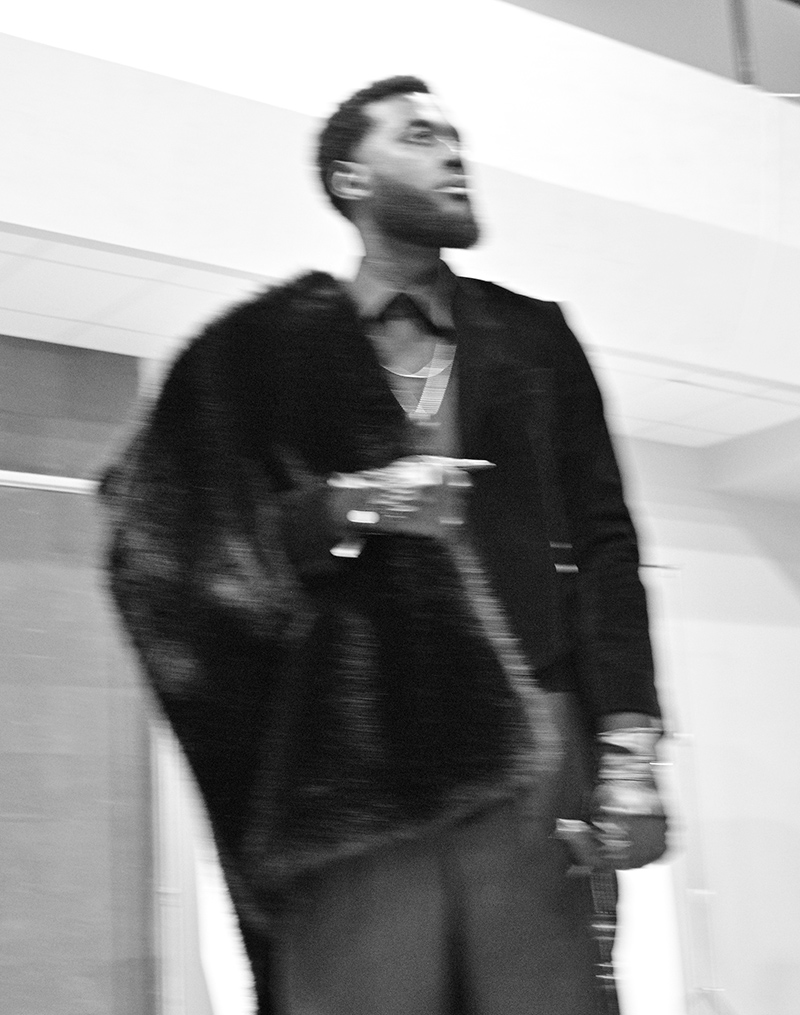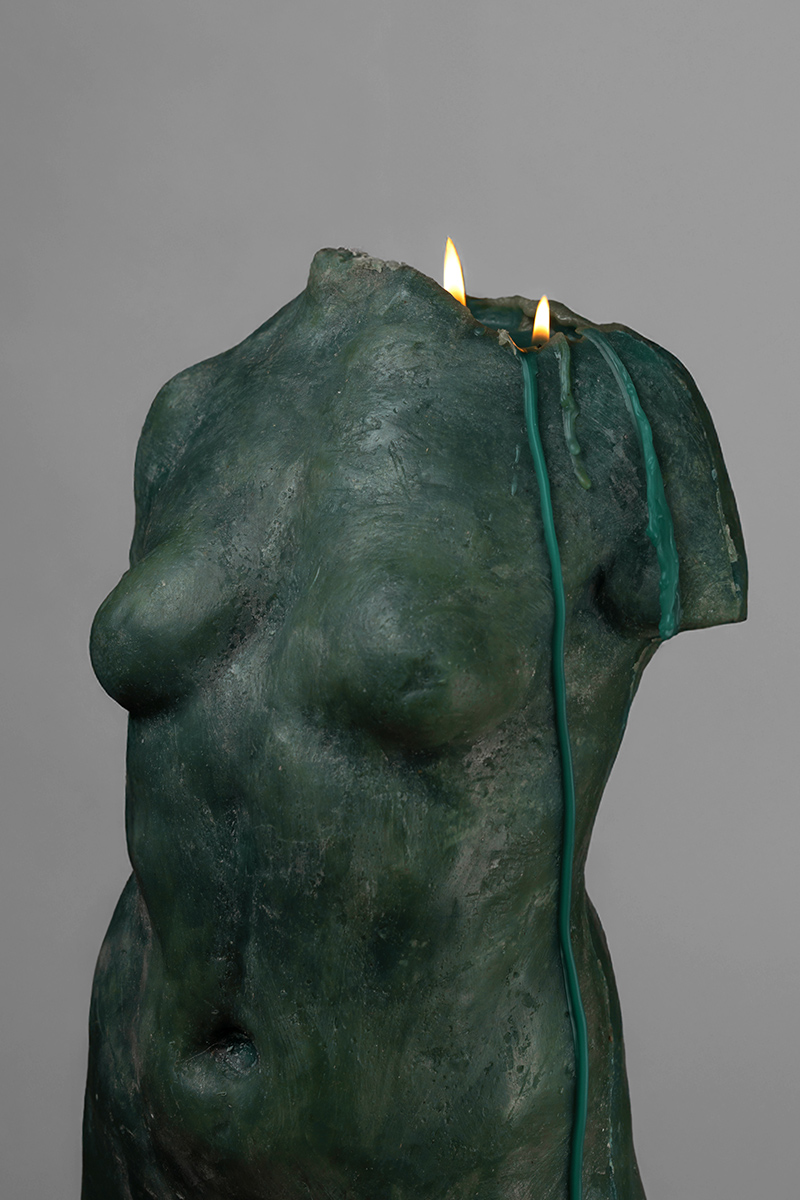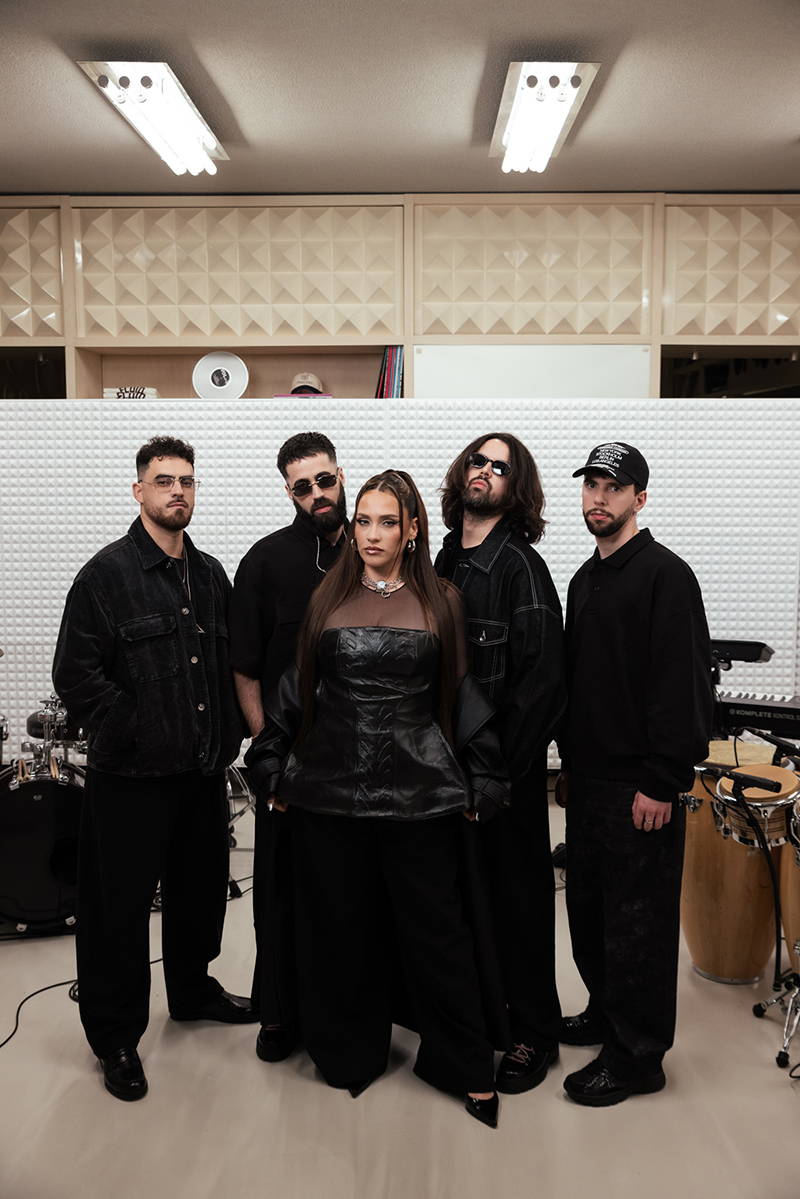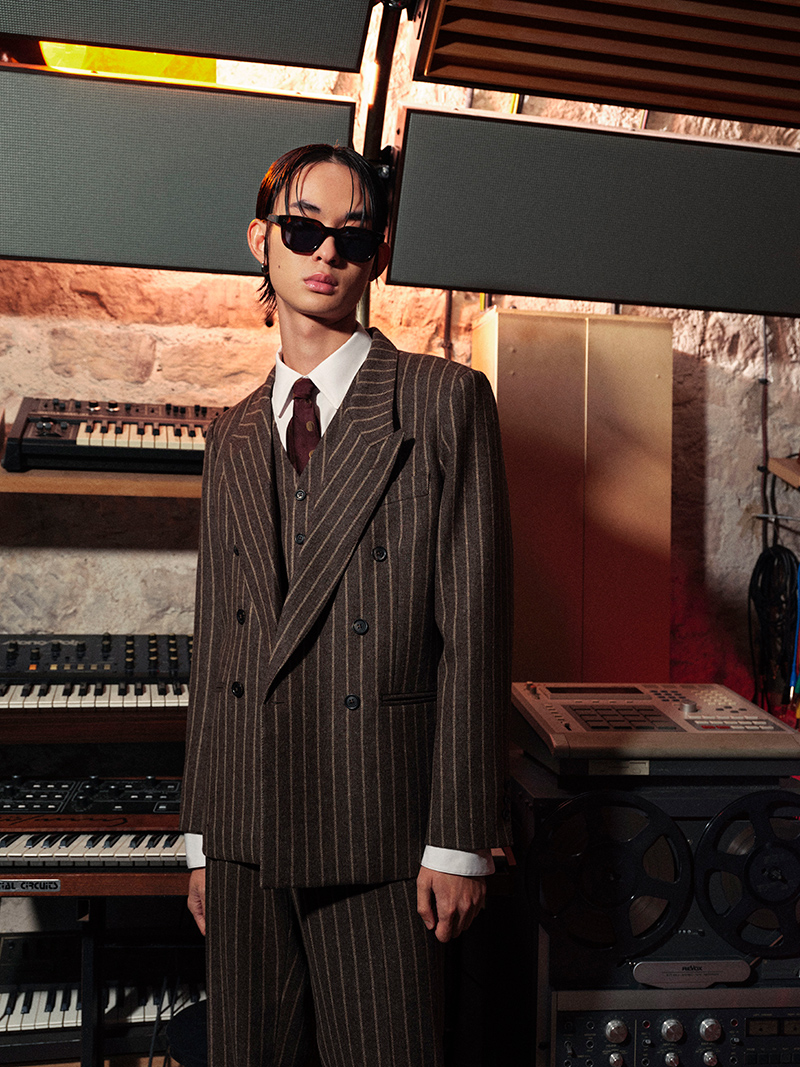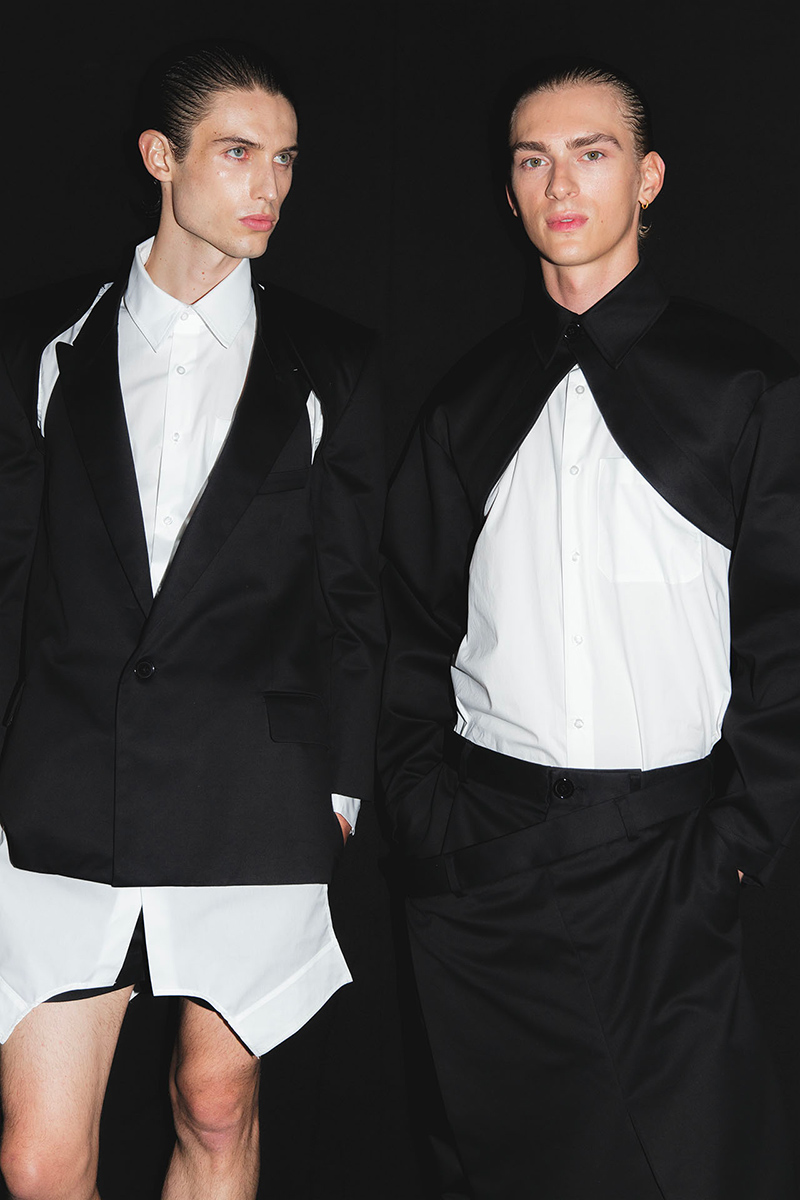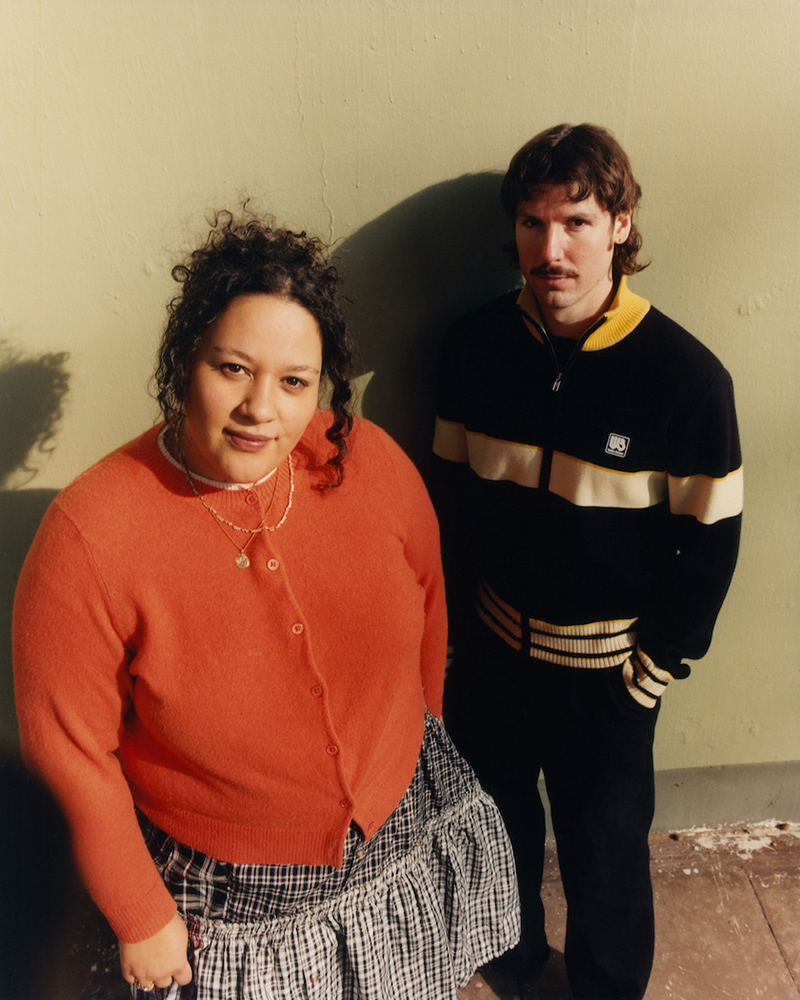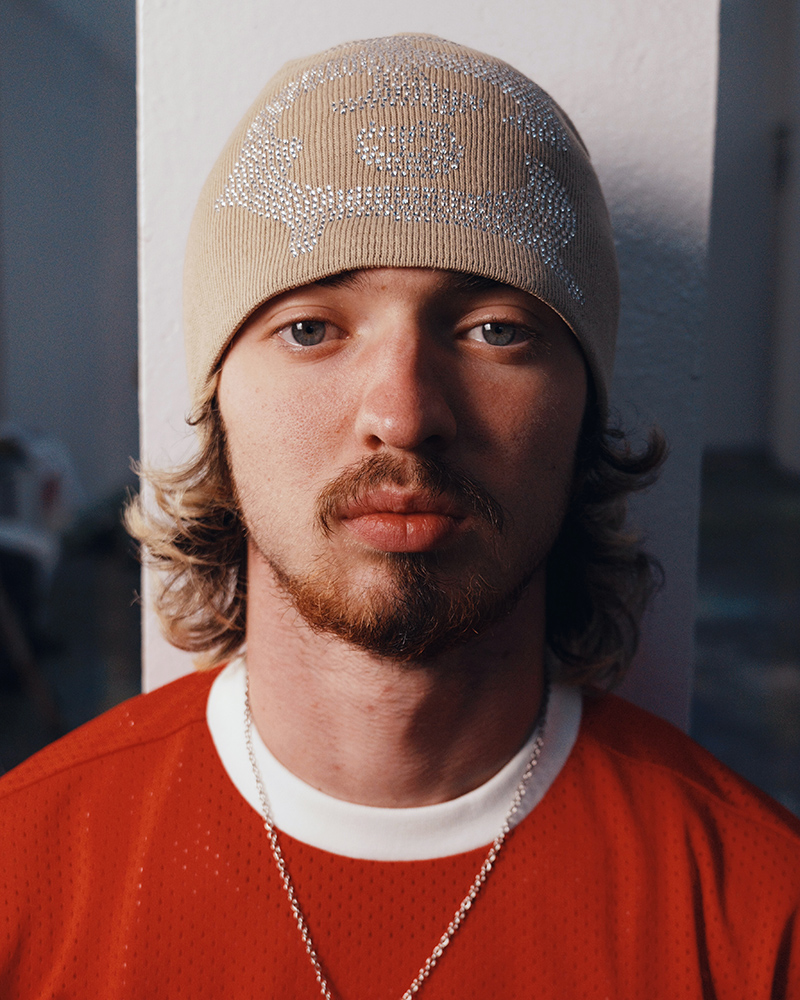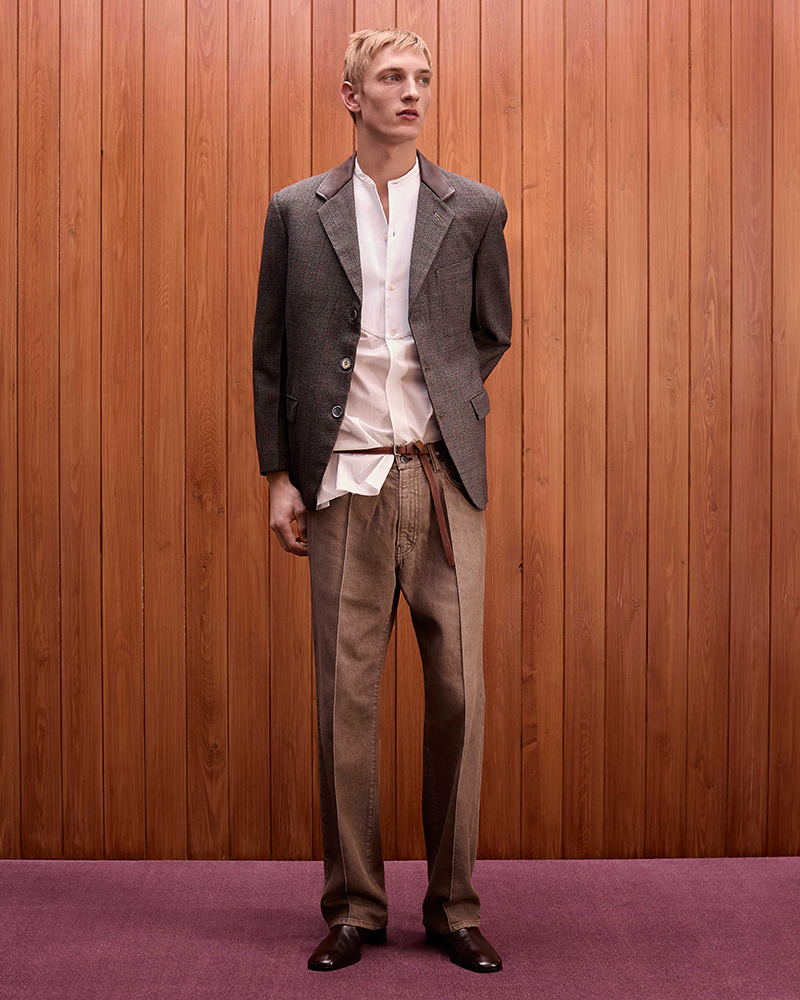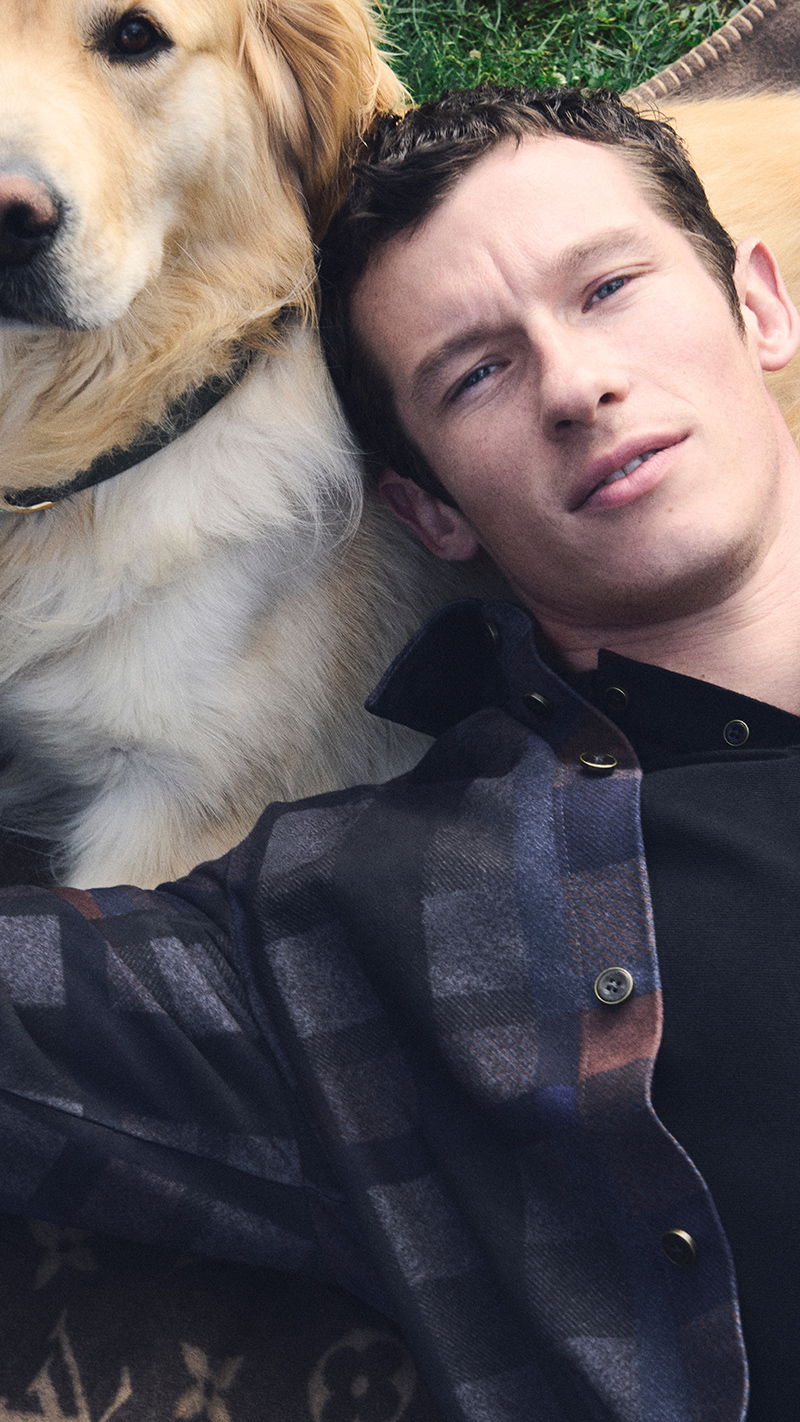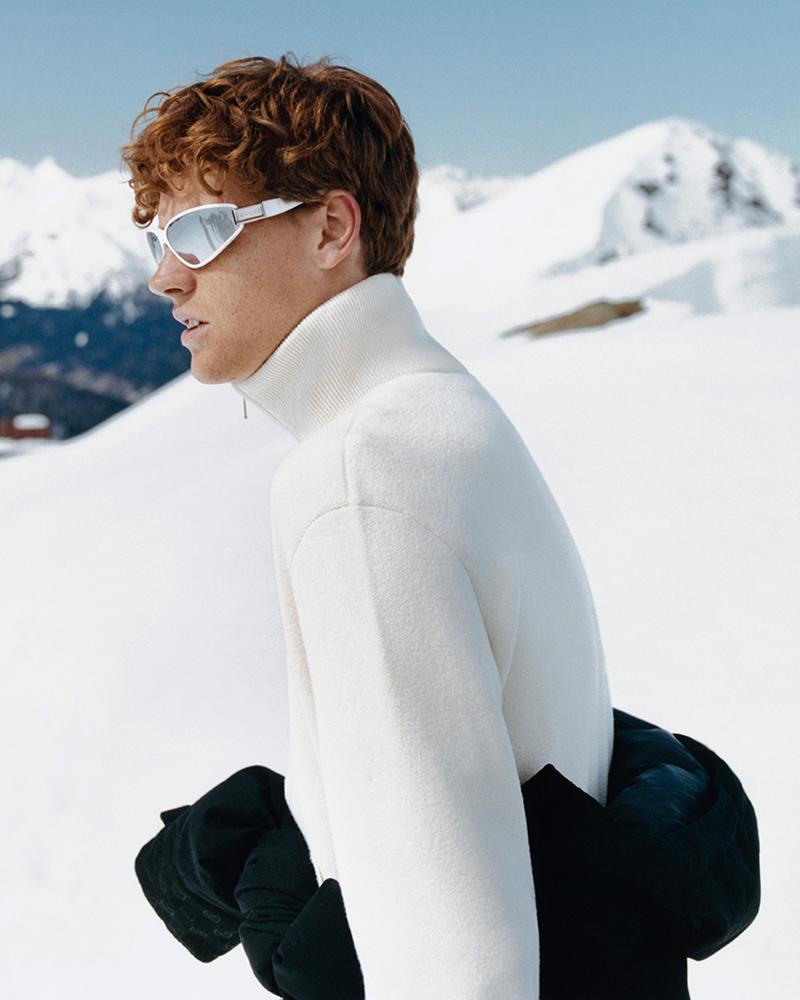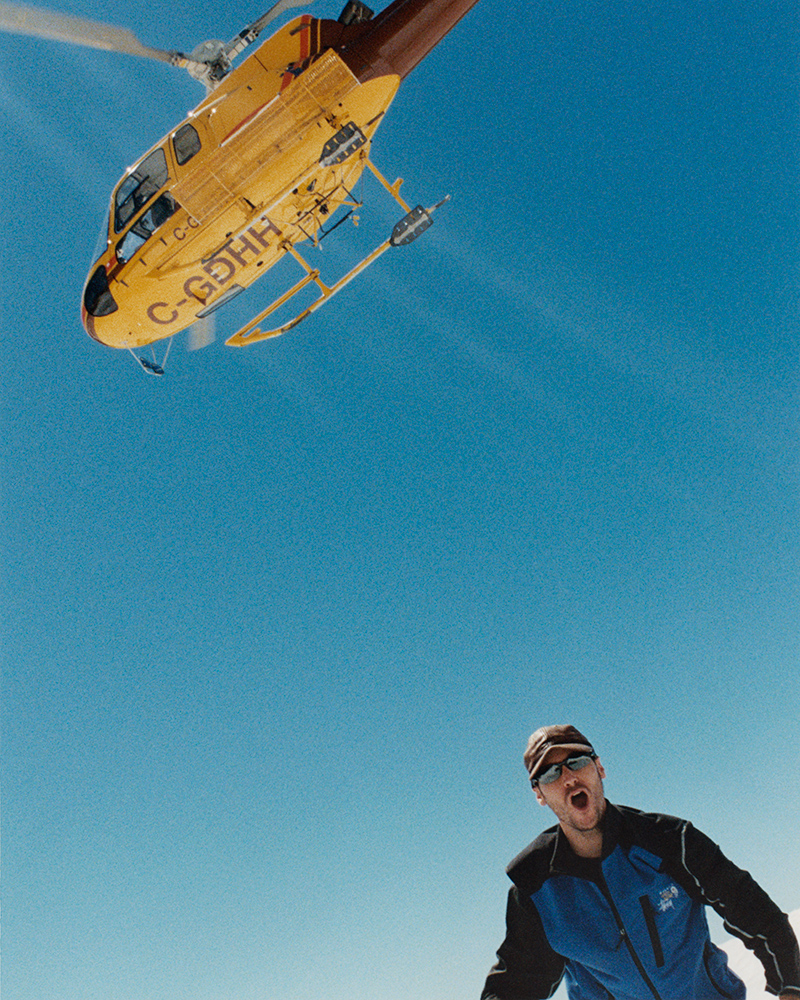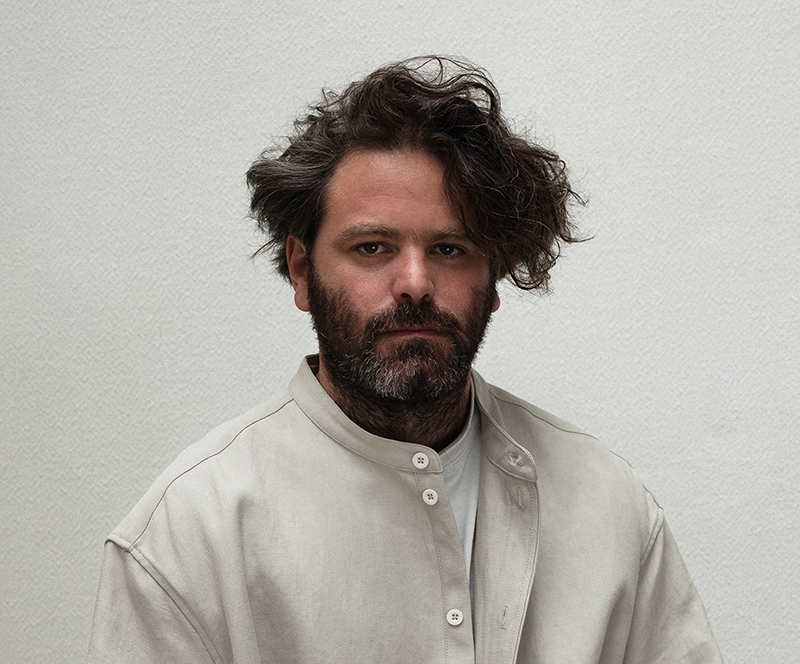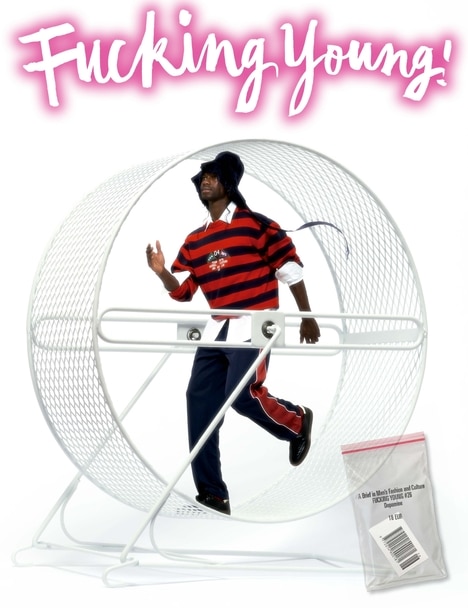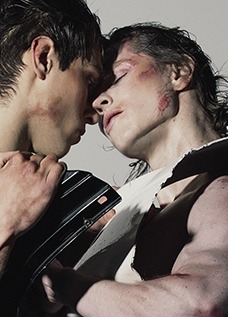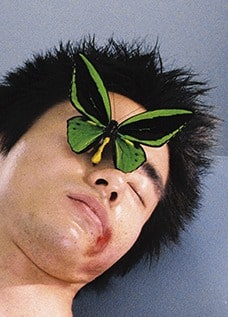
Vitra Design Museum. Photo: Norbert Miguletz.
“Who doesn’t know about Nike. Everyone recognizes the swoosh. So it’s a big, big story” reflects Glenn Adamson, curator of “Nike: Form Follow Motion” at Vitra Design Museum whose big opening this fall welcomed the huge family of the brand in Basel. This is the first major museum exhibition of the world’s largest apparel company, exploring its 50 years of design and innovation and unveiling to the public its vast archives. An accurate selection of iconic prototypes and pieces from an archive of more than 200,000 items, not only trace a corporate story but also the impact of a brand like Nike in a social context. For Adamson, a design expert and researcher, it’s really important to emphasize the independent curatorial approach of the show: “It’s not Nike talking about themselves. It’s a story that we were able to build by deep study in their archives, DNA department of Nike archives. So that was an incredible opportunity to be able to have that independence and autonomy as a curator. As far as the shape of the story goes, I think you could say it’s a story of expansion at very high speed. So that’s the reason it’s called Form Follows Motion. You know, it’s partly to do with the body and movement, but it’s also the idea of sport and design as a cultural force of acceleration”, explained to us during the opening.
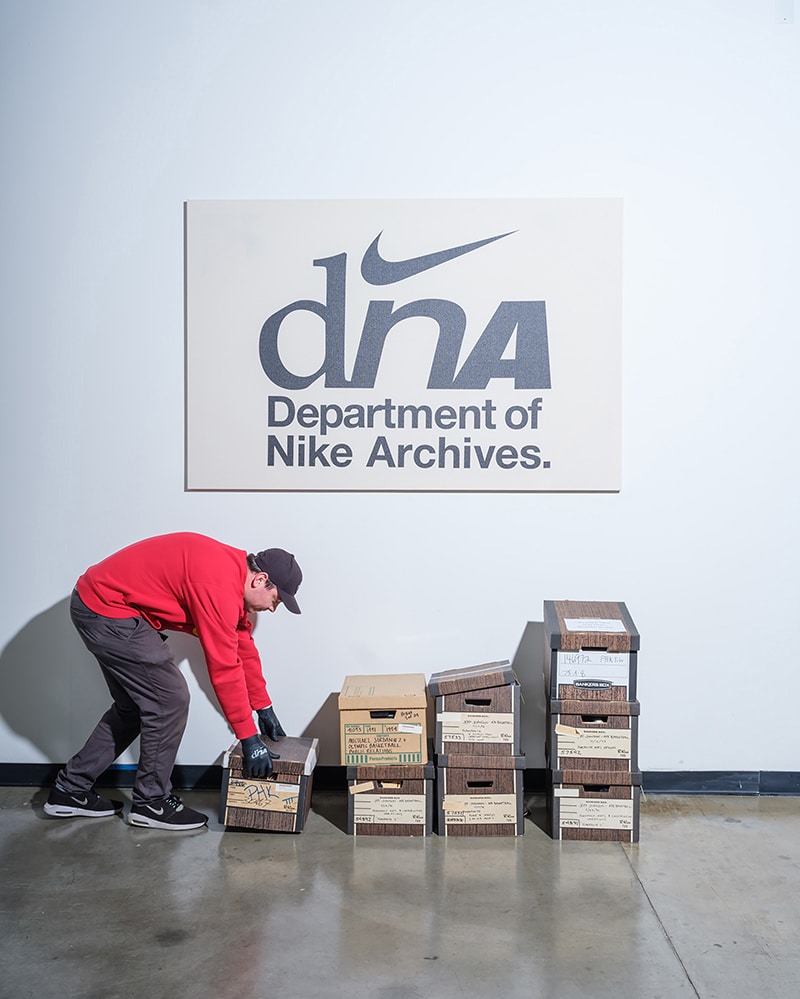
Documents wait to be refiled at the Department of Nike Archives (DNA), Beaverton, Oregon, 2024. Nike, Inc.
Photo: Alastair Philip Wiper.
In order to explain how a company started in the sixties by two people, Bill Bowman and Phil Knight, has become such a global phenomenon, the exhibition has been organized in four spaces that follow a chronological logic: Track – Nike birth in the late sixties early seventies; “Air” – Nike take-off on the eighties; “ Sensation” – focused on the research effort of the company innovation; and “Relation” – putting the attention into the collaboration of the company with creative forces and minds. 50 years of sport, design, community, and innovation that, according to Adamson respond to a unique approach: “They have clarity and consistency of what I would call, their design methodology. In other words, how do they approach making things? They have a very, very strong, even obsessive interest in performance, which is where they come from. You know, track athletes want to run faster. And on the other hand, they have a very imaginative and intuitive culture when it comes to expression and kind of artistic ideals and it’s the combination of the two things: it’s the science and the art, the engineering and the imaginative expression together. That’s really what makes it powerful. And all the great examples of Nike design that you can think of have that combination”.
From the early prototypes of the Waffle shoe or the intriguing Shox to the more contemporary research around sustainability and new materials, the exhibition is a great opportunity to understand the power of design as a transformative tool. Also to discover how iteration and listening seem to be the path to a successful product. In the exhibition, next to the pieces, it is worth mentioning a selection of the pictures taken by the photographer Alastair Philip Wiper that have been included in the exhibition book. Far from a glamorous take, the photographer’s eye captured his visit to Nike headquarters in Portland from a clinic point of view. His gaze it’s just another layer from the myriad of visions that the exhibition offers, and that proves the openness of the company: “How open they are to the external was very surprising to me. Think about Frank Rudy, who is the kind of mad scientist who brought air technology to them. He wasn’t a Nike employee, he was an outside inventor who pitched them on this idea and they said, ‘Yeah, maybe this would be interesting’. You know, all these other companies had told him that they weren’t interested, including Adidas. And they took a chance on it”, explains Adamson, the curator.
As part of the opening, a talk conducted by Glenn Adamson himself with the vice-president and chief design officer of the company, Martin Lotti, and Nike running coach, Dora Atim, in Vitra Design Museum let us dive into the journey behind the exhibition and the brand philosophy. Through their personal journey in relationship with the company, both of them, designer and runner, shared with us how innovation, design, and co-creation are really embedded into the DNA of the brand and have been key drivers behind Nike’s success.
Below and following the spatial and chronological order of the exhibition a sneak peek of some of the content from “Nike: Form Follows Motion”.
01. Track 01
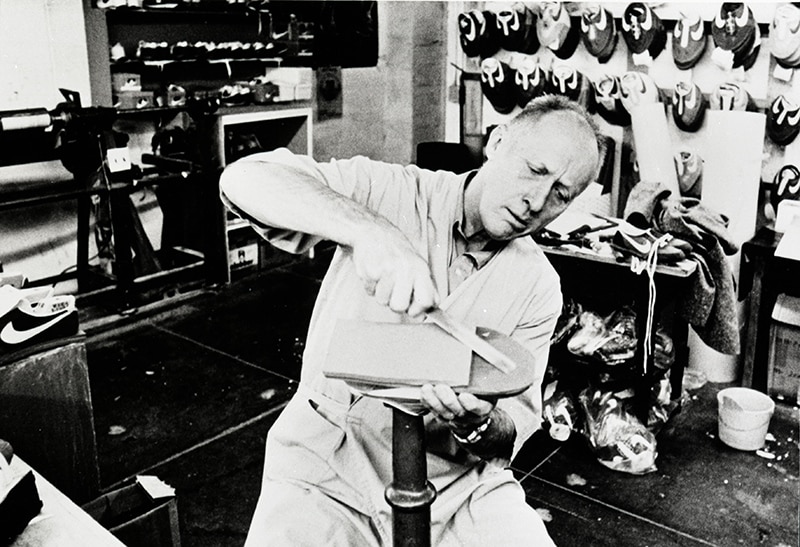
This publicity shot of the co-founder of the company, Bill Bowerman, opens the exhibition. In his workshop at the Eugene Lab in 1980, the picture enlightened how important iteration and prototyping have been for Nike. The obsession of this track and field coach to adjust the shoes according to the specific athletes’ needs pushed the brand forward and off the beaten path.
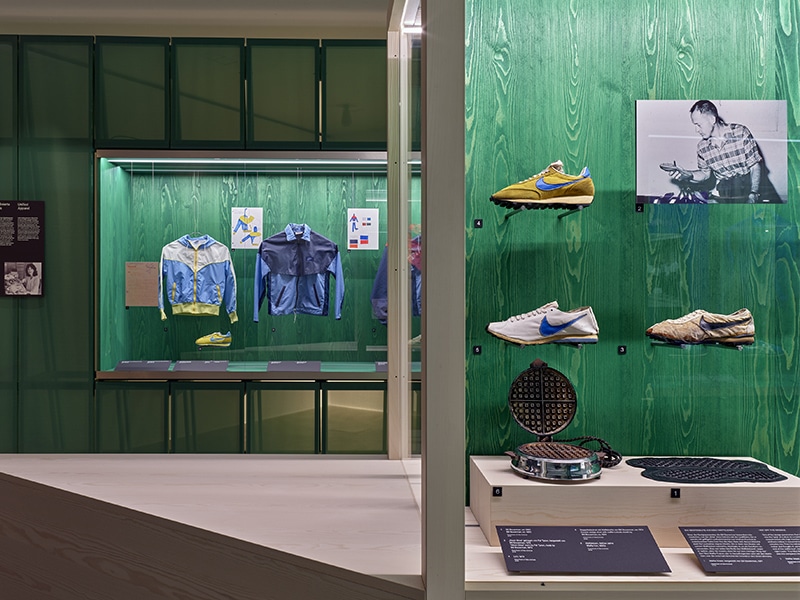
This “Hands-on” philosophy is something, according to curator Glenn Adamson, he was surprised to discover during his visit at Nike headquarters: “Because I thought of Nike, like everyone thinks of it, as this huge corporation that does mass production. But of course, every shoe has to start as a handmade experiment or prototype. And that was true at the beginning with Bill Bowerman. And it’s true now. And if you go to Nike headquarters, which I was able to do, you see these amazing, handmade innovative things just sitting everywhere, waiting to be turned into products. So seeing that process and being able to bring some of that into the exhibition, that was amazing”.
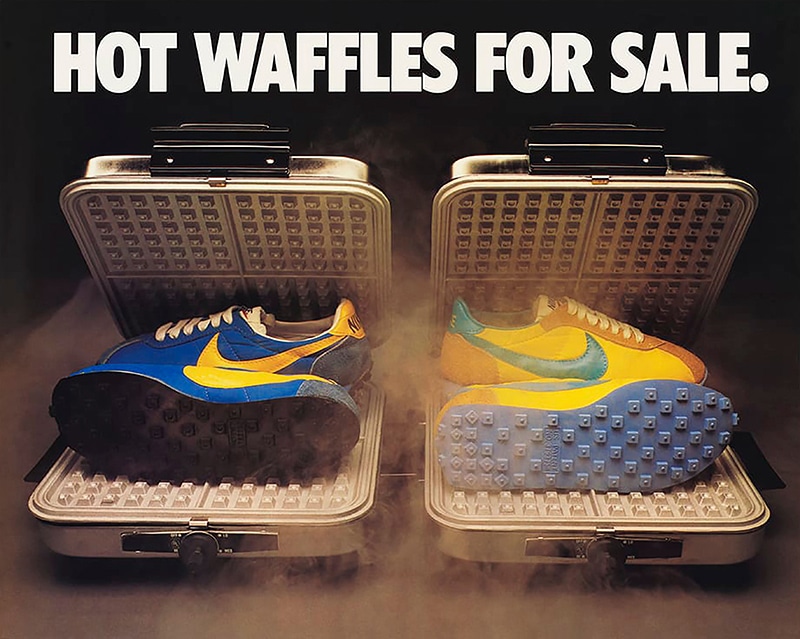
This first part of the exhibition also includes one the the first waffle sheet prototypes (1971) of this unique “Moon shoe” that was born at Bowerman kitchen. It was during one familiar breakfast when came up with the idea to try to use his domestic waffle maker as a mold for a new kind of rubber sole with spike protrusions that could improve the adhesion of the athletes’ feet to the track.
02. Air
Knight and Bowman only needed a decade to go from a two-person start-up to a global company. The second space portrays the evolution of the “Air” technology that Frank Rudy developed with the support of Nike and that propelled the company to a new dimension. Also how through this new technology the brand established a deep dialogue with athletes, listening to their voice as a motto that has transcended till today but opening also the door to create emotional relationships with their products.
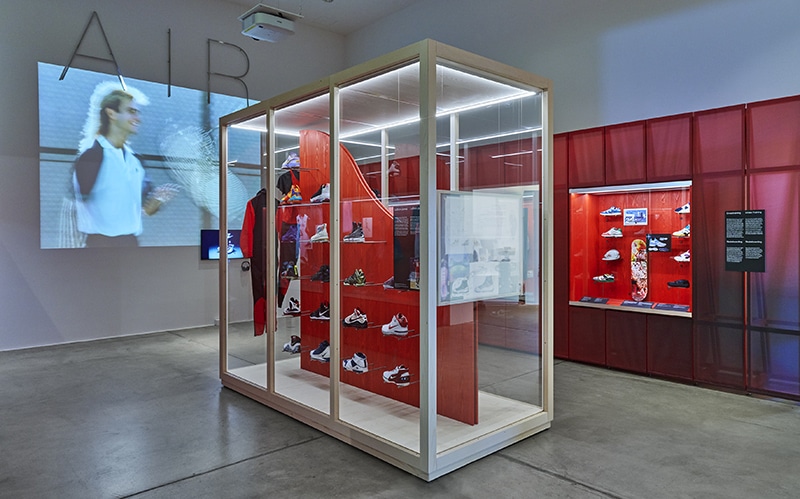
The exhibition includes the first Air Max designed in 1986 for Tinker Hatfield that exposed the technology making visible the invisible. The idea came after a visit of Hatfield in 1985 at Centre Pompidou, designed by Renzo Piano and Richard Rogers. Inspired by how the architects exposed the functional infrastructure, he decided to apply the same idea to this iconic sneaker and the revolution started: “Visible Air became such an icon. People looked for it. And then we went window crazy. We put it in everything, but consumers were really into it. It was what we call ‘design speaks’. It’s communicating. It tells you, ‘I’m different’. ” remembers Mark Parker, Nike executive chairman and former designer, in the interviews included in the exhibition catalog.
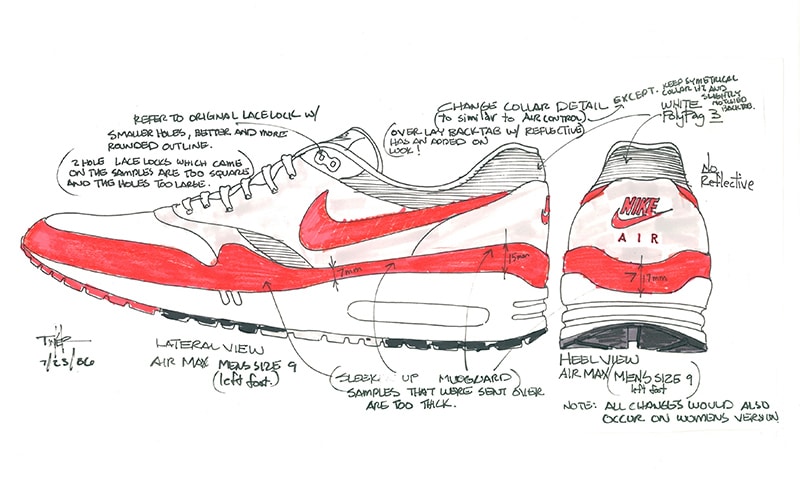
From this first design, every new style tried to unveil a little bit more of this intriguing and unique cushioning system. This room also points to the role of elite athletes like Jordan, André Agassi, or Serena Williams as co-creators of many of the designs shown and an essential part of the design evolution of this style. “If I look good, I feel good. If I feel good, I play better”, was the Jordan philosophy that ensured the longevity of this brand.
03. Sensation
This third space offers the visitor the chance to understand the complex methodologies and design processes behind a selection of some of Nike’s most innovative technologies and products. Many of them were born in The Innovation Kitchen, founded in 2000 after Bill Bowerman died in 99. This space of the exhibition visually explains how the company combines scientific and creative approaches to find different ways to do things.

From the iteration process to reduce the carbon footprint of the ubiquitous Air Force One to the cutting-edge Flyknit upper or the research material of the unique Foamposite shoe, the curator Glenn Adamson wanted to emphasize how in the last years sustainability has become a key driver of innovation: “It’s fascinating to see all those things. And of course, those are all design challenges. So we felt like we could really show people a lot about how you address sustainability if you have to scale that in a company like Nike has and that seemed like a real public service we could offer”.
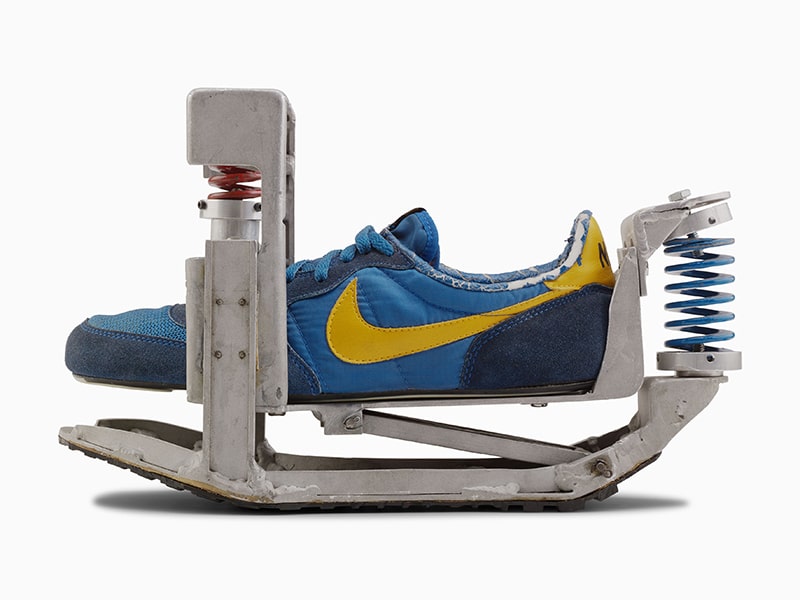
Shox origin and first prototypes have a special place in the show. The kind of dock that now decorates the sole of this style, comes from an experimental suspension apparatus that Nike developed in the eighties, but it was not till 2000s that Nike launched the design to the street: “It shows you how long the research and development process can take because actually, the prototype is 20 years before the commercialization, and it also shows their lateral thinking because that’s an idea that really comes out of cars and automotive design. So seeing how that was implemented into a shoe is fascinating, and it’s the kind of thing people don’t expect to see. So obviously, when you’re a museum curator, you want things that are weird and wonderful and fascinating”, explained to FY! Glenn Adamson during the opening of the exhibition.
04. Relation
The last space, which works as an epilogue, is focused on the design collaborations that the company has been doing with high fashion creatives, retailers, artists, collectors, and community-based projects, expanding the conversation and the cultural relevance of the brand.
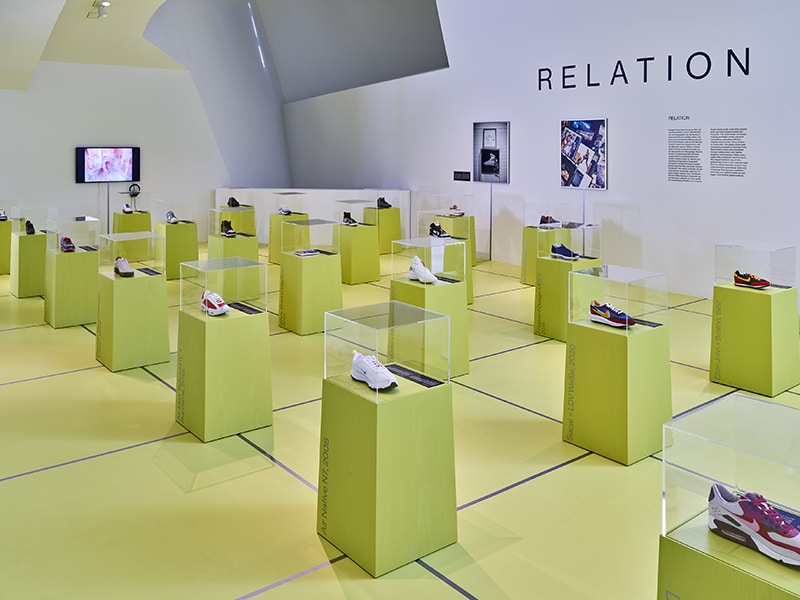
From the first experimental partnership that was the launch of the HTM in 2002 as a result of the collaboration between the streetwear stylist Hiroshi Fujiwara and the in-house designers Tinker Hatfield and Mark Parker to the most recent collaborations with Off-White, Martine Rose or Comme des Garçons, this room is a dream for the sneaker heads.
